Designing the Experience
Design Modifications Specifically for Smart devices
This age of Smart devices (Smartphones, Tablets) requires huge changes in software design. Unlike the era of PCs where we had a lot of screen and memory space, we are now greatly limited in both.
Equivalency with PC software functionality is expected so we do the best to utilize limited resources. For example, we focus on very natural user manipulation to provide needed information in step-by-step processes.
The importance of design in Smart devices has entered a new stage with functionality now an essential addition to appearance.
The Importance of Design

People make their initial decision about the app on how it appears and feels.
Color, fonts, layout and so forth are the first things people evaluate to determine the “usability” of the application.
Since the amount of information displayed at one time is necessarily limited, “usability” is proportionally extremely important. To support “usability” it is increasingly necessary to predict users’ movements to maintain the rhythm of the user interface.
In short, we define Smart device design as not just “visual appeal” but rather an enveloping of all visual aspects, user behavior predictability and “desired” usability.
Future Design
With the elimination of the mouse and decreasing importance of the keyboard we see more “bonding” and “directness” between people and the device due to the touch interface.
Smart device operating systems create new ways to interface with users by making many options intuitive. There is increasing emphasis on “affordance cues”; if it sticks out – push it, if it shows a long slot – slide it, and so forth.
Instead of the more indirect, intellectual PC interfaces, Smart device interfacing is more natural and “felt” inside the cerebral cortex.
“Distance” has a New Meaning
How much time do you spend away from your favorite Smart device? We assume most people carry them from waking until they sleep at night.
This “closeness” with the device creates a special affinity of not only “usage” but with something that provides information and helps determine the user’s future situation.
And, all of this is changing with advancing technology, new ways Smart devises are used and changing user expectations. New interfaces will predict behavior and create a more superior user experience.

Smartphone Software QA Processes and Challenges
QA Challenges Specific to Mobile Devices
Mobile device applications and telecommunication demands are often in situations where PCs have never been required.
Developers have to take into account the relative differences between stable PC environments and mobile device usage in extreme environments.
To provide secure mobile services we test applications under normal circumstances as well as abnormal circumstances (communication problems, stress testing, etc.). It is also necessary to check message level transmission accuracy.
It is beneficial to have vast accumulated experience to test the special characteristics of the device and software together as well as the software alone to help find problems.
Examples of Mobile Device Specific Test Issues
- TELECOM
Communication problems, weak signal, error handling/recovery. - SCREEN ORIENTATION
Transition between portrait and landscape modes. - SENSOR SIGNALS
GPS information acquisition errors, camera behavior, gyro/compass position sensing.
Platform Related Challenges
Major mobile OS upgrades occur every 12 months and minor ones about every 3 to 4 months.
Several iOS versions run on a range of device versions from iPhone 3G to the latest iPhone X. As for Android devices, roughly 5 versions run on a number of devices from more than 10 manufacturers.
Due to manufacturer specific OS version upgrades different devices can exhibit different problems in the applications such as communication defects, display positioning misalignment, display size changes, force-quit/freeze from memory leakage and other wide-ranging defects and problems.
All of these require testing and detailed resolution.
Major Mobile OS Versions Requiring Support (as of 2018).
- iOS
10.x, 11.x, 12.x - Android
Lollipop, Marshmallow, Nougat, Oreo, Pie
Major Mobile OS Versions Requiring Support (as of 2023).
- iOS
15.x, 16.x, 17.x - Android
Q, R , S, Sv2, Tiramisu
Evolving Application and Device Challenges
Evolving along with application and device sophistication are new creative ways and environments in which to use these devices.
MIT’s QA workload increases exponentially as we add new functions such as “multiple windows,” “layout switching,” “multi-languages support,” etc.
Preparation and research is necessary for the wearable device area of Smart device/mobile business solutions.
MIT’s Challenge
Experience and Knowhow in our Specialized QA Team.
We have an experienced in-house specialized team of more than 10 employees who use our list of over 6,000 test items we can use in our QA testing to find almost any potential problem.
As new devices evolve and become more sophisticated we optimize our test case routines accordingly.
Testing Tool Examples
- Simulated Server
Simulates rarely occurring telecommunication errors and reproduces over 20 types of financial technical charts. - Automated Testing Tool
Reproduces memory leakage and other abnormal situations. - Out of Range Replication
Reproduces physical telecommunication termination and out of range situations. - Version Control
Automates version control using such tools as Jenkins.
Device Environment Preparation
MIT has more than 200 smartphones and feature phones. As soon as a new OS or devices is released we quickly work to rectify any problems through comparative testing procedures.

Balancing Quality and Efficiency
To avoid overlooking any problems during detailed testing, we try to achieve a good balance between quality and cost by integrating our decision table methodology with our extensive experience to extract the most efficient test patterns.
Flexibility for Ongoing Change
Financial applications are mission-critical while game applications depend on intuitive interfaces. Our testing requirements for these two genres are very different. With mobile applications being used for increasingly different situations it is important to test functionality and usage in many different ways.
Since we develop applications that analyze user information, financial data and game play, we have implemented testing capabilities for these varying contents down to the client’s server operations.
Optimal QA testing will change day by day. As a specialist in mobile software development, MIT has accumulated the knowhow, techniques and people to keep up with these rapid changes.

